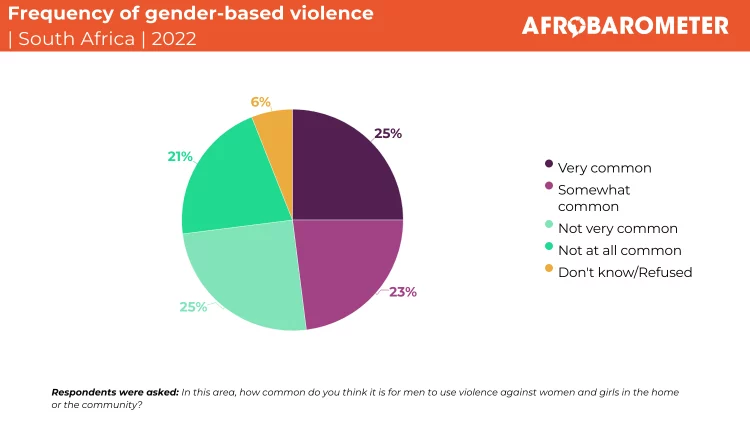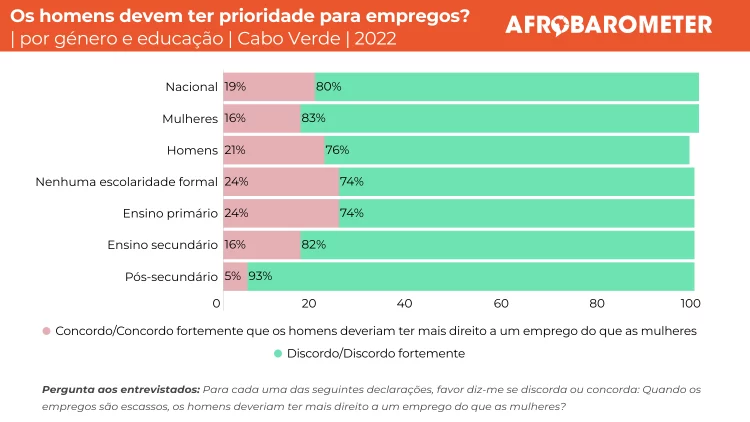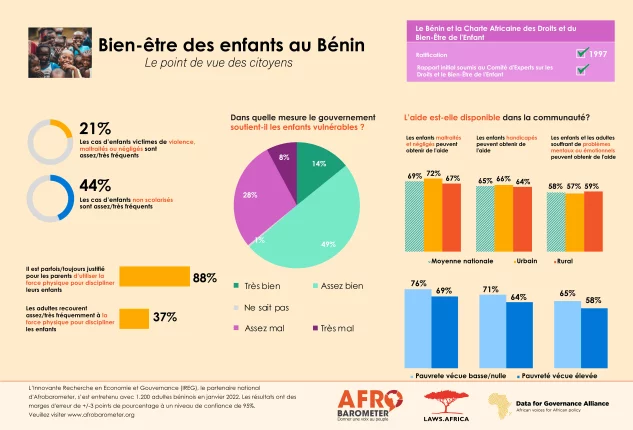- Coverage by a cell network is widespread on the continent: 87% of enumeration areas (EAs) visited by Afrobarometer fieldwork teams have coverage.
- More than eight in 10 citizens (84%) personally own a mobile phone. Across 31 countries tracked since 2014/2015, phone ownership has increased by 5 percentage points.
- While phone ownership is relatively high, fewer than half (45%) of African adults have access to the Internet on their phones, including just 20% of Malawians and Nigeriens and 16% of Ethiopians. Across 31 countries tracked since 2016/2018, access to the Internet via mobiles has risen by 7 percentage points.

Digital connectivity through information and communications technologies (ICTs) has been recognised as critical for every country’s future development and prosperity (International Telecommunication Union, 2021). The United Nations (UN) Agenda 2030 highlights this issue in Sustainable Development Goal 9 (SDG 9), to “build resilient infrastructure, promote sustainable industrialization and foster innovation.” Target 9C calls on countries to “significantly increase access to information and communications technology and strive to
provide universal and affordable access to the Internet in the least developed countries by 2030” (United Nations, 2022).
And while access to ICTs is an objective in its own right, ICTs have cross- cutting effects and are important for the achievement of many of the other SDGs as well. ICTs can help developing countries to leapfrog development gaps and join the knowledge society. To quote the United Nations Statistical Commission (2020), the spread of ICTs and global
interconnectedness have “great potential to accelerate human progress, to bridge the digital divide and to develop knowledge societies.”
The COVID-19 pandemic brought the importance of connectivity to the fore. As lockdowns closed physical businesses and schools and restricted movement, only the connected could keep interacting with their loved ones, work or transact business online, and continue to educate their children. UNICEF (2020) reported that about half of schoolchildren in sub- Saharan Africa – the highest proportion globally – could not be reached by digital and remote-learning programmes during the COVID-19 crisis (see also Krönke, 2020).
As the pandemic has highlighted, significant digital gaps still divide those who are connected and those who are not. Substantial gaps remain both between countries, especially between developed and developing countries, and within many countries between the rich and the poor, urban and rural residents, the most and least educated, and men and women.
The International Telecommunication Union (2021) report on connectivity notes that despite increased access to mobile broadband networks, the least developed countries (LDCs) may actually be falling further behind in Internet usage. Likely reasons include the cost of services and devices as well as a lack of awareness of the Internet and requisite digital skills.
Afrobarometer captured several dimensions of the digital divide in its Round 8 surveys (2019/2021) in 34 African countries, including 19 countries classified as “least developed” by the UN (United Nations Conference on Trade and Development, 2022). Survey responses inform measures, across both individuals and states, of access to devices and to network services, utilisation rates, and differences in how the Internet is used in daily practice.
Afrobarometer finds that most Africans own a mobile phone and have access to a mobile phone network. However, fewer than half own a mobile phone with Internet access, and even fewer have access to a computer. This translates to low levels of Internet use in many countries. Lack of Internet access and use is far more common among women and people who are rural, older, less wealthy, and/or less educated. There is also a sizeable gap between LDCs and more developed countries.
Related content



